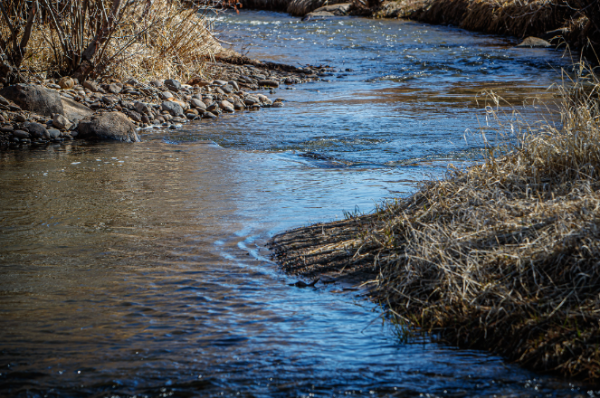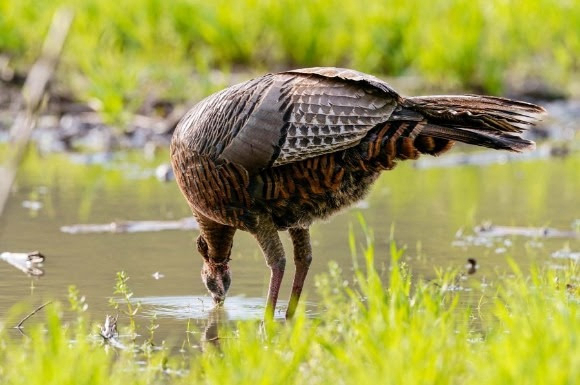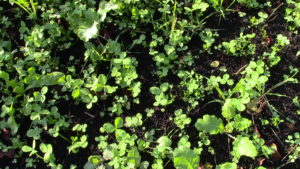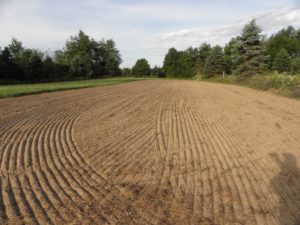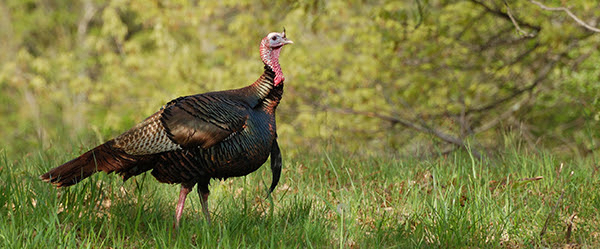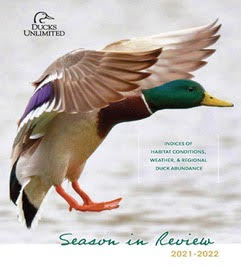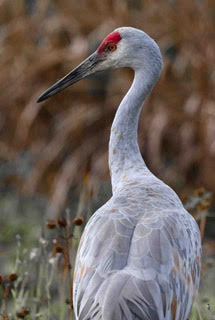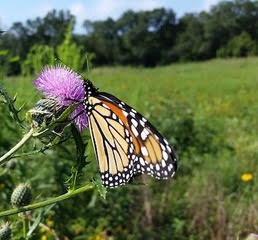Dozens of Congressional Members Side with Sportsmen in Fight for Wildlife Refuges

Opposition to the Biden administration’s ongoing negotiations with an extreme environmental and animal-rights organization concerning hunting, fishing and trapping on National Wildlife Refuges continues to grow as 33 members of Congress have joined the chorus of 41 national sportsmen’s organizations.
The Congressional Western Caucus just submitted a letter to U.S. Fish and Wildlife Service Director Martha Williams expressing concern over President Biden’s “commitment – or potential lack thereof – to ensuring access on our nation’s wildlife refuges for hunters, fishers, and sportsmen and women.”
The letter further states dismay at the decision to negotiate possible settlement options with the Center for Biological Diversity, whose sue-and-settle tactics are well documented and counterproductive to conservation.
“Shockingly, rather than defending the 2020 Rule in court, FWS initiated settlement discussions with this litigious special interest group, whose long track record of filing frivolous lawsuits has done nothing to further effective conservation efforts across the country … We are deeply concerned by these settlement discussions and the fact that the Administration has chosen not to publicly declare their intent to defend the expansion of access to our nation’s wildlife refuges,” wrote the lawmakers. “It is hard to imagine any settlement would not involve the loss of hunting opportunities … We are especially concerned that the settlement may invoke policies set during the Obama Administration banning the use of traditional ammo and tackle on all refuge lands. This is unacceptable.” Read more

